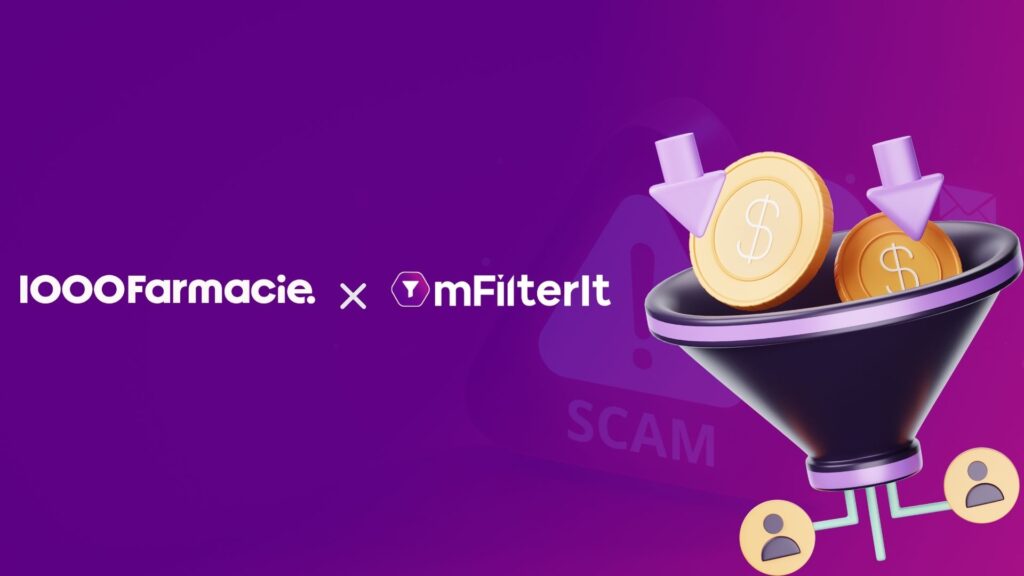As we sit on the verge of the festive season, online shopping is increasing rapidly. Most users search for products they want to buy over search engines or search modules of eCommerce marketplaces to find gifts and decorations or upgrade their wardrobes. According to a source, 40% of shoppers across the globe used search engines to find a product, whereas 38% and 35% relied on Amazon and other marketplaces, respectively.
Therefore, online shopping stores and web browsers have become crucial to the customer journey. Brands understand this and need to market their products across spaces to acquire higher brand awareness and eventually increase their online sales. The benefit of this has also been taken by the owners of the web browsers offering shopping ads to brands. Did you know a study claims that 76.4% of the retail ad expense is spent on Google Shopping Ads, and achieves an aggregate 85.3% click-through-rate?
So, e-commerce brands are ensuring that their shopping ads reach the maximum number of people. Achieving this would help acquire higher sales, and revenue through online shopping stores. Moreover, it would generate higher brand awareness, visibility, and a competitive edge in the online retail ecosystem.
Unfortunately, a single user comes across 4,000-10,000 ads daily, including search ads. The competition between brands is extremely high, given that a single person comes across more than 400 ads in an hour. Therefore, optimizing shopping ads has become important for digital marketers. Simultaneously, brands must comply with the incorporated ad guidelines. Keeping these thoughts in mind, we have curated a set of best practices.
Table of Contents
Toggle3 Ways to Optimize Shopping Ads
Question Your Keywords
We understand that you have selected the keywords based on thorough research, but enhancing visibility begins by re-evaluating the data. Before getting started, check the negative keyword list. Recognizing the appearance of your ads on unwanted keywords is necessary to save the ad budget and reach the target audience simultaneously.
For example, let’s consider that you sell ‘gold jewelry,’ but your ads appear under ‘silver jewelry.’ The campaign might elapse the set budget much faster and display results to an audience that may not have an interest in it. However, adding ‘silver’ and ‘silver jewelry’ under the negative keywords will help to diminish such repercussions.
Simultaneously, as the sale season is just around the corner, it is necessary to identify the keywords that would show more of your ads to the target audience. Using such keywords on the product page will certainly impact your product results in search ads. However, you should refrain from using words like sale, offer, deal, etc., in the ad. Instead, focus on features, benefits, qualities, etc.
Once you figure out the new relevant and negative keyword list, you must make the final
evaluation before proceeding to ensure that you don’t miss out on anything.
Examine the Product Display Pages
Offering the brand name, in the beginning, brings trust to the title. Following it up with quality and features helps impulse buyers make decisions easily and makes it relevant for web browsers. The description should be crisp, include keywords mentioned in the title, and be easy to understand. Here is an example of the description of a product of a shoe brand:
 Image Source: Neeman
Image Source: Neeman
If you check the product title and match it with the description, you will see that the word ‘comfortable’ is common and seems to be the focus of the product. Moreover, the description clearly states the material used for manufacturing and qualities like stretchable, all day long, anywhere, and anytime.
The best method to keep track of the most used keywords by competitors on shopping ads is conducting daily, weekly, and monthly text analysis. Our eCommerce competitive analysis solution, mScanIt, can help in this assessment. Post analysis, the marketers of your brand can make strategic decisions to boost the ads’ visibility, which would also directly impact the brand’s Share-of-Voice.
Setting the Correct Price
Price is one of the factors that can boost your page visits. But your brand must ensure that the currency and price are not formatted incorrectly. It can cause drastic repercussions like a high level of undeliverable orders, higher SERP on the web browser, and MAP violations.
Tracking the price of competitors on different platforms has also become a necessity as it enables brands to curate better pricing strategies for their products.
Earlier, we also mentioned that words like ‘price drop or sale’ should not be included in the description. The reason behind it is that it is already shown by Google, the biggest shopping search engine.
While focusing on title, description, and price may prove beneficial in boosting the visibility of shopping ads, marketers should not ignore other factors. These include campaign structure, articulate segregation of ad groups, bid adjustments, etc.
Conclusion
Selling a product using search ads is challenging, but optimizing the title, price, product page, and keywords can certainly prove beneficial in enhancing visibility. The lower SERP result certainly helps a brand to achieve a better click-through rate, page visits, sales, and conversion rates.
Simultaneously, brands must identify the search result trends or changes that can boost the sale of their variants with lower sales volume. The whole practice would help the brand to achieve a higher Share-of-Voice.
Many researchers say that page optimization in the eCommerce marketplace can influence the web browser’s SERP. Therefore, the need to identify all the facets of the product listing has become crucial for brands. Connect with us to learn more about scaling your business with Share-of-Voice results on web browsers.









